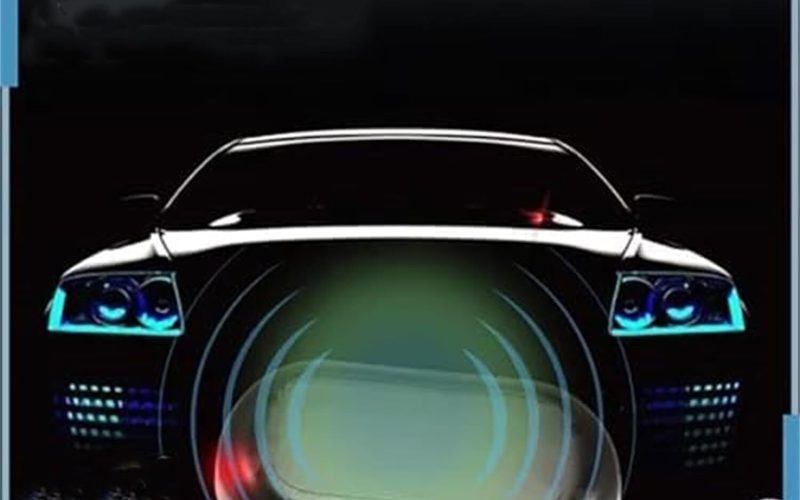Article Summary:
- An Examination of the Controversial InvisoJam Car Stealth Jammer Scam
- Unraveling the Tactics Behind the InvisoJam Car Stealth Jammer Scam
- Crucial Warning Indicators for Recognizing InvisoJam Car Stealth Jammer Scam Websites
- Identifying Automotive Scams Promoting InvisoJam on Social Media
- Steps to Take If You’ve Fallen Victim to the InvisoJam Car Stealth Jammer Scam
- Detecting Fraudulent Car Stealth Jammer Scams on the Internet
- Common Queries Regarding the Suspicious InvisoJam Automotive Scam
- Concluding Thoughts on the Widespread InvisoJam Car Stealth Jammer Scam
- How to Stay Safe Online: 10 Basic Security Tips
An Examination of the Controversial InvisoJam Car Stealth Jammer Scam
The InvisoJam Car Stealth Jammer scam is built on fabricating extravagant assertions about disrupting crucial automobile signals to thwart tracking and monitoring, which many drivers find intrusive. This scam involves grossly overcharging customers for seemingly innovative products that are, in reality, inexpensive $1 novelty lights sourced from Chinese websites like Alibaba.
The misleading social media advertising campaign, spanning platforms such as Facebook, Instagram, and TikTok, presents the InvisoJam device as an indispensable innovation for automotive privacy and security. It claims to block GPS monitoring, speed trap cameras, parking violation sensors, red light cameras, and more through non-existent “advanced signal jamming technology.”
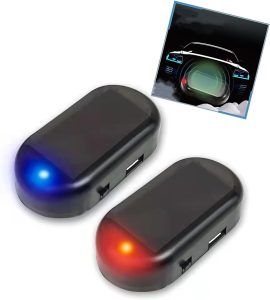
The fictitious claims include statements such as:
- The InvisoJam Car Stealth Jammer scrambles GPS signals to prevent location tracking without consent.
- Proprietary signal hacking disrupts speed trap cameras, rendering them unable to determine a vehicle’s speed.
- Specialized electromagnetic frequencies overpower illegal parking sensors, preventing unfair citations.
- Cutting-edge scrambling algorithms in the InvisoJam module disrupt red light camera systems.
Despite the enticing promises, customers who purchase the $39-$99 “signal blocking” products quickly realize they receive a mere $1 solar-powered red dummy anti-theft light, devoid of any capability to disrupt external automobile signals actively.
The misleading advertisements, featuring terms like “advanced signal jamming technology” and “hacking radar systems,” lead to customers being significantly overcharged, with some paying over $100 for each unit.
Attempts to seek refunds or communication with the scammers behind the false ads prove futile. Contacting them through provided means results in automated undeliverable responses or no replies.
In essence, this automotive scam capitalizes on deceptive claims, targeting drivers unfamiliar with vehicle signal technologies and security regulations. By preying on uninformed enthusiasts who impulsively react to compelling but unrealistic marketing, the scammers secure substantial payments for products that lack the advertised blocking or disruption capabilities.
Scammers Employ Multiple Names for the Same $1 Device
It’s crucial to highlight that the deceptive automotive scam centered around signal disruption consistently reappears with new fictitious company names and product brands. This tactic is employed to prevent easy connections to previously exposed operations by individuals who have fallen victim to the fraud.
Various brand names, showcased in social media ads, make unbelievable assertions about disrupting external vehicle signals and avoiding fines. These names include Aexzr Car Stealth Jammer, InvisoJam Car Stealth Jammer Device, Lyseemin Car Stealth Jammer, Bikenda Car Stealth Jammer, Biancat StealthDrive, and InvisoJamTM 5G Car Stealth Jammer, among other branding strategies.
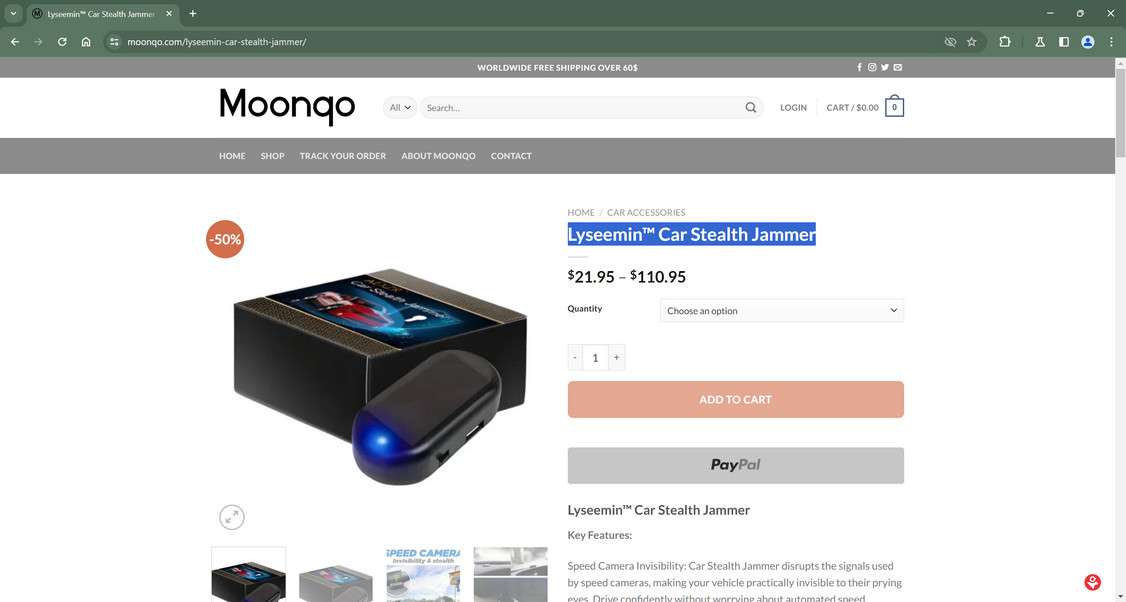
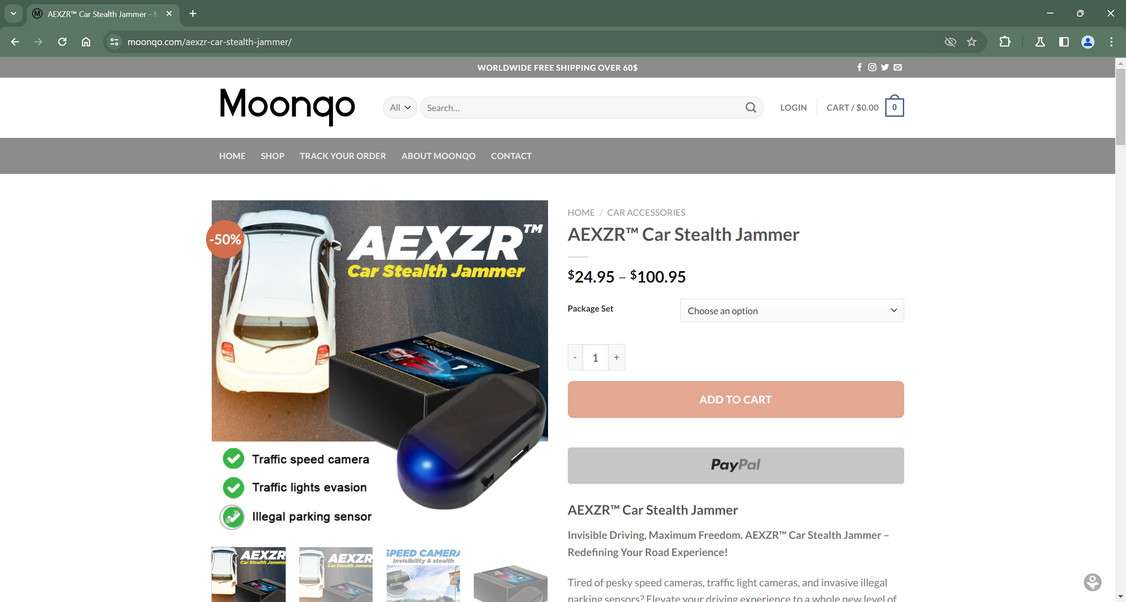
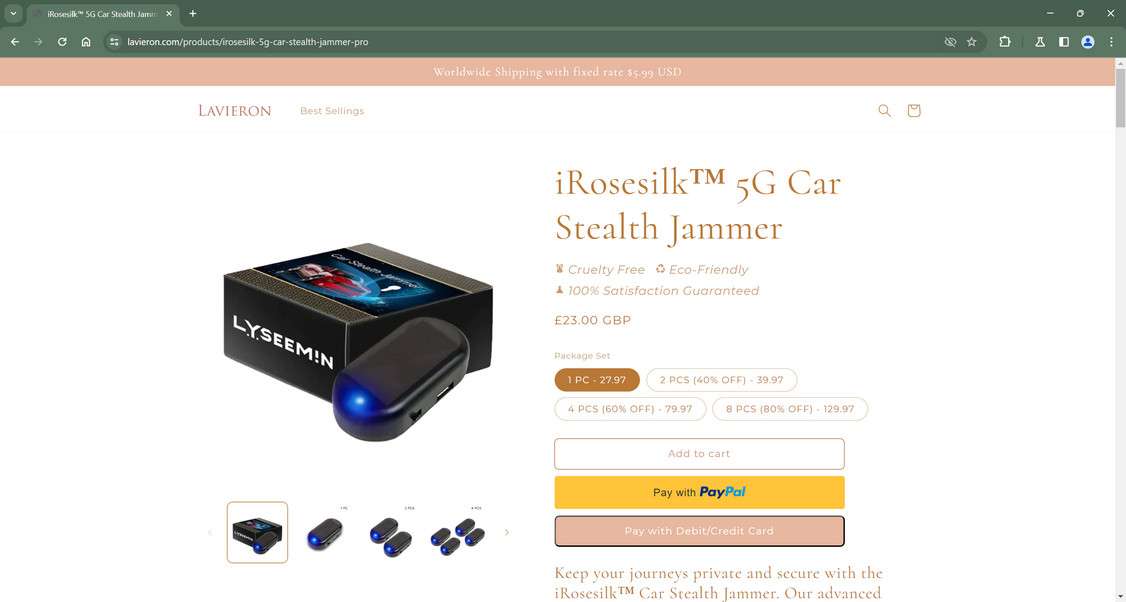
Despite the diverse names and continually evolving origin stories, it’s essential to recognize that the devices associated with these brands are identical – $1 anti-theft dummy lights purchased in bulk from Chinese wholesale websites. These lights are then resold through fabricated claims and manipulated media, allowing scammers to overcharge consumers who may not be familiar with genuine automotive privacy and security accessories.
Drivers must exercise caution regarding these regularly rebranded scams, which promote inexpensive novelty items as essential high-tech automotive innovations through implausible claims in sophisticated marketing campaigns. It’s important to understand that a small flashing red light cannot actively disrupt signals or prevent fines, regardless of the terminology used in the advertisements.
Unraveling the Tactics Behind the InvisoJam Car Stealth Jammer Scam
The InvisoJam Car Stealth Jammer scam employs a cunning strategy to exploit consumers through extravagant claims that swiftly disintegrate upon product delivery. Here’s a detailed breakdown:
Phase 1: Crafting Misleading Social Media Ads The scam initiates with meticulously crafted social media ads depicting the InvisoJam device as an extraordinary automotive innovation, claiming unparalleled privacy through extensive signal-blocking capabilities. These ads, often seen on platforms like Facebook, TikTok, and Instagram, utilize manipulated media and false authority claims about disrupting GPS, traffic cameras, parking sensors, and more. The goal is to present the $1 items as essential car security gadgets.
Unbelievable claims include:
- Emitting waves to disable GPS tracking systems.
- Jamming speed trap cameras for uninterrupted driving.
- Disrupting sensors to avoid parking violation tickets.
- Working against red light camera systems for intersection fines.
The objective is to attract unsuspecting consumers by portraying InvisoJam as a revolutionary automotive privacy solution, leveraging signal-blocking and disruption capabilities that do not exist in reality.
Phase 2: Preventing Research and Pushing Bundled Purchases Upon clicking an ad, victims are redirected to websites with tactics designed to deter research while promoting hasty bulk purchases. These tactics include:
- Fake demonstrations of impossible traffic camera, parking sensor, and signal blocking.
- Fabricated consumer testimonials supporting implausible claims.
- Countdown timers and declining stock counters urging immediate multi-unit orders.
- Absence of negative feedback or impartial reviews, only positive commentary.
- Lack of company information, address, or contact details.
The primary goal is to limit research into the $1 novelty items while encouraging buyers to place high-quantity orders, thereby inflating profit margins.
Phase 3: Refusing Returns and Ignoring Complaints After purchase, consumers often realize that the device is a scam, with attempts to return the cheap $1 dummy lights going unanswered or rejected. Common issues include:
- Automated responses or no replies to emails and calls.
- Refusals based on intentionally short refund periods.
- Rejected credit card chargebacks using fabricated shipping details.
- Forced “exchanges” for identical $1 red dummy lights instead of refunds.
This pattern exposes the scam’s true intent – collecting payments for products with exaggerated claims and providing no accountability or customer service when the items fail to deliver. Legitimate automotive companies do not operate in this manner.
Crucial Warning Indicators for Recognizing InvisoJam Car Stealth Jammer Scam Websites
Recognizing fraudulent domain operations is crucial, and some indicators include:
- Extremely recently registered domains, often within the last 90 days.
- Lack of legitimate business information, addresses, or direct contact details.
- Prices listed as 80% off or more, implying unrealistic deals.
- Stolen layouts, images, and blog sections from other automotive accessory sites.






